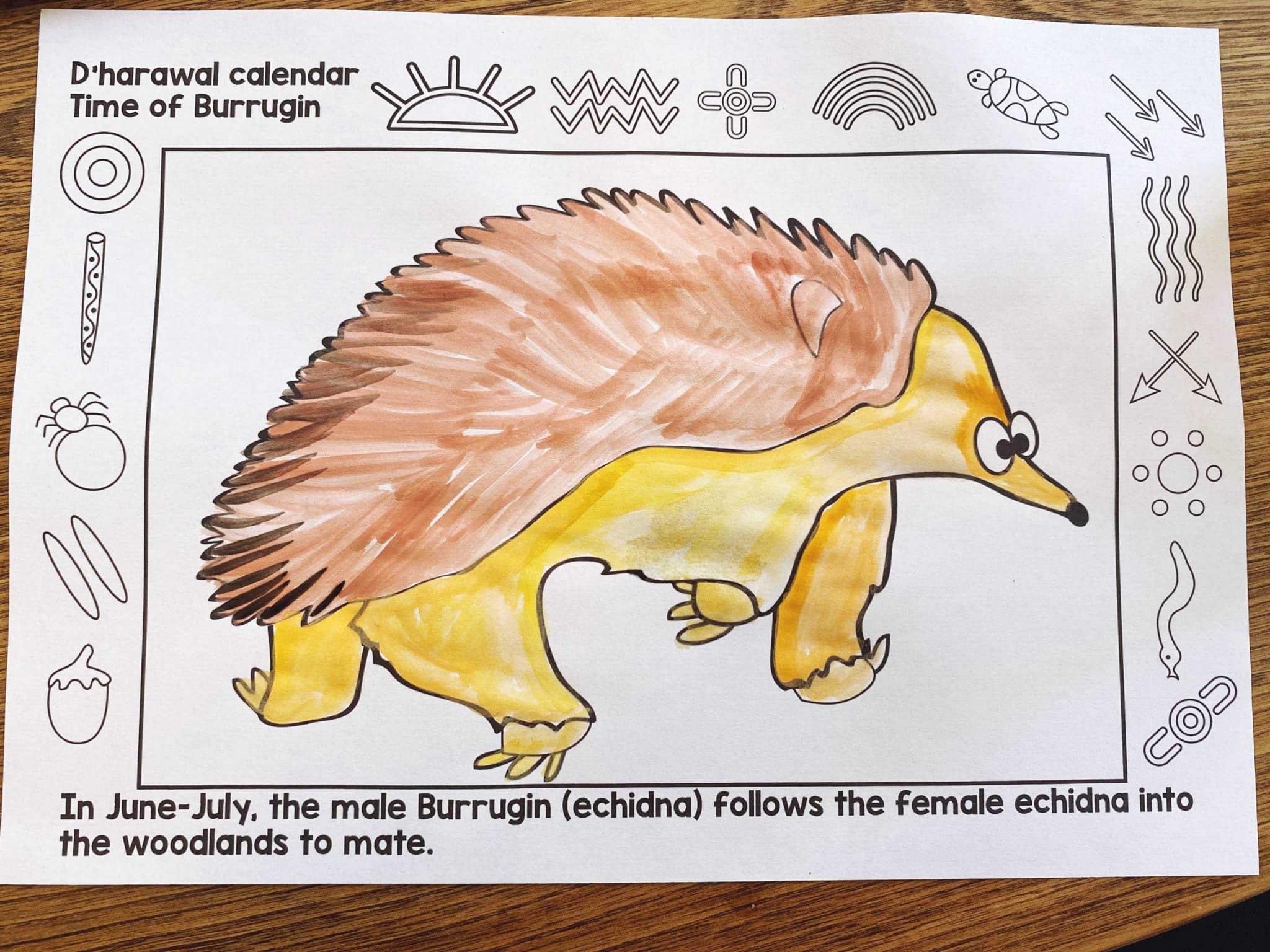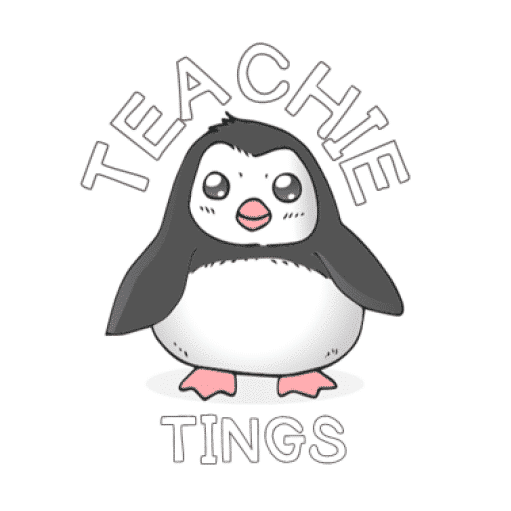
Are you teaching Australian Animals as a unit this year? Then you are probably looking for some rich text recommendations for Australian Animals to explore with your class! The best thing about this topic is that lots of hybrid fiction/non-fiction books have been written. Hybrid books are fantastic for linking facts with fiction texts, and […]
